If shoppers have committed to buying a product, your job is to get them through checkout as swiftly as possible. To do so, ask as little of them as possible.
Most online stores assume the best way to streamline purchases is to reduce the number of steps in a checkout, hence the popularity of “one-step” checkouts. But a one-step checkout is no different from a five-step checkout if it demands the same input from customers, just condensed onto one page. The only real difference is that customers have to squint more.
To truly ask less of customers, the checkout has to take on the burden. Below are four unique areas where the checkout can do the work for the customers:
1. City, State, and Country
Web forms ask for addresses in the same format that people use on envelopes. It’s what people are familiar with, and it reduces the chance for errors.
However, in a world where we can deduce information and categorize relationships into tables, there’s a better way to format the fields.
By moving the zip code form to the front of the address entry, we can use information already available to us in order to streamline customer input. Using free lookup tables, a checkout can match the exact values for city, state, and country solely from the zip code. The checkout does the work, thus eliminating the need for customers to type in the information.
2. Credit Card Type
In order to validate credit cards, payment providers still need to know the type of credit card being used. As a result, we see lots of checkouts still asking for the credit card type upfront along with the credit card number, expiration date, and the 3- to 4-digit CVV (card verification value) number.
But just like the zip code lookup, the credit card type can be calculated by the credit card number itself. All credit cards from a common provider (Visa, MasterCard, Amex, Discover, etc.) follow a pattern.
As a result, an algorithm can be used to calculate the credit card type based solely on the first few digits of a user’s credit card. Scores of checkouts are doing this now, including Google Checkout and GitHub.
3. Returning Customers
Most checkouts start with a potentially jarring set of questions: “Are you new here or a returning customer? Don’t remember? Follow this hyperlink.”
This is yet another scenario where algorithmic detection can help answer the question. The user’s email address can be looked up automatically in the e-commerce store’s database to determine whether a customer record exists.
If it does, a login prompt can appear. Otherwise, the user can move forward undisrupted.
4. Shipping Method
Though most standard e-commerce checkouts have corrected this, some still fail to select a default shipping method for their user.
By selecting the most inexpensive option by default, the checkout does the work of filling in yet another form for the user.
Do You Face limitations to Simplifying Your Checkout?
Many e-commerce stores are on a hosted solution where customizing the checkout is just not possible. For those stores, try the following:
- Create a feature request ticket on your hosted solution’s support system. Let them know it’s a feature you want as it directly relates to your store’s conversion rates. The more money you make, the more they make too. This way there is dual incentive to making into the next version release.
- Create an extension/module/plugin on your own, through your developer, or through a freelancer on Upwork (also consider Matchist). Most hosted solutions allow you to install extensions that enhance existing features. Sometimes checkout extensions already exist:
- For Magento Store owners, Awesome Checkout includes all 4 optimizations stated above. There are also 100+ checkout extensions available at Magento Connect.
- For Virtuemart users, extensions are the easiest way to start. Extensions like CMSmart fill in Country and City from IP Geo Location.
- For PrestaShop owners, add-ons can be used. Add-ons like Module One Page put zip code before city and country.
- For Zen Cart owners, plugins for checkout exist. Some checkouts there skip the user login process like Fast & Easy Checkout.
- For Shopify owners, apps are not available when it comes to the checkout experience. But utilizing Google Checkout or Paypal is a great alternative as it contains many of the improvements described in this article.
- Move to a self-hosted e-commerce solution. Shopping carts like Shopify, BigCommerce, and Magento Go are hosted by the companies that make these solutions. Switching to a community or enterprise version of the software might give you the flexibility you require. This is the last alternative but for high-grossing e-commerce stores, 1-10% conversion increase in quarterly sales is just the spark you need to make the upgrade.
What awesome checkout examples can you share with us?
You know the “smart” stores when you see them, and so do users. They’re the ones that implement automated, streamlined practices with shoppers in mind. Which “smart” stores have you come across recently? What makes them smart?
About the Author: Nirav Sheth is the creator of Awesome Checkout, a Magento checkout extension that guarantees higher checkout conversion rates. He also is the founder of Anatta Design , a Magento and WordPress development shop that builds online businesses.
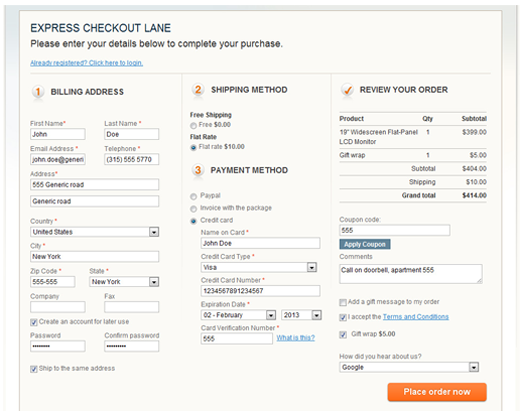

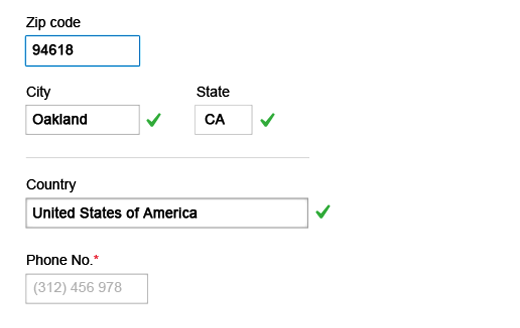
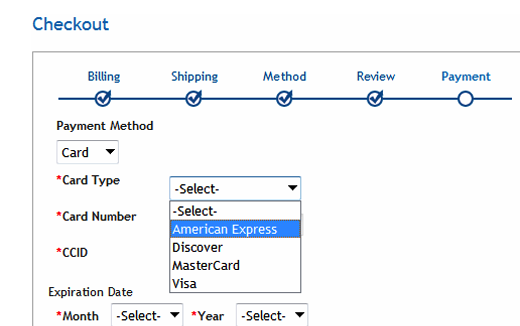
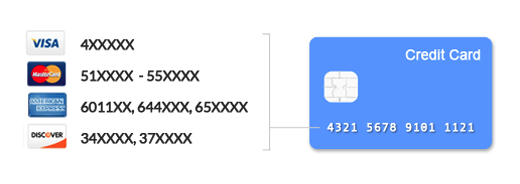
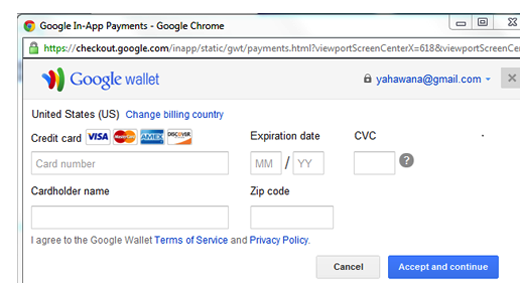
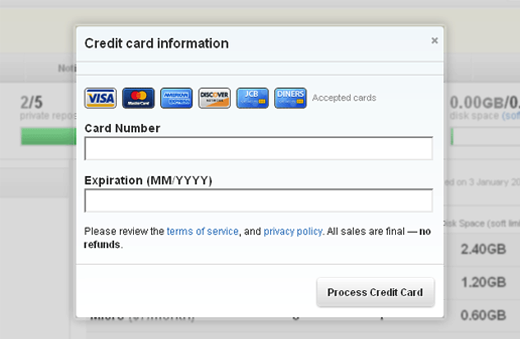
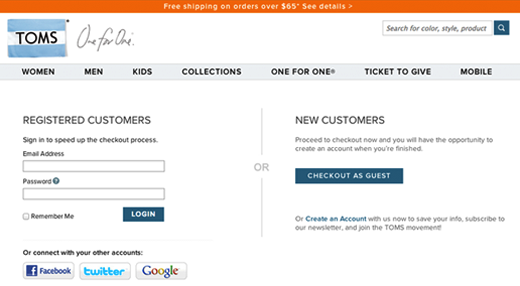
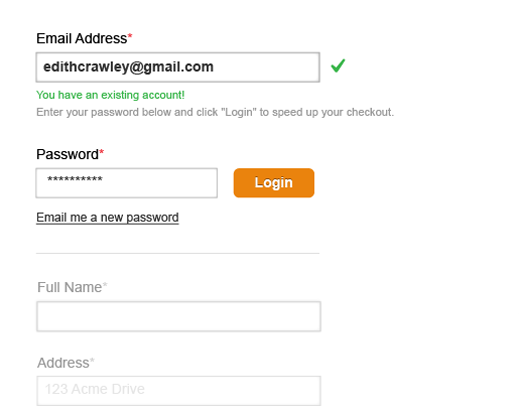
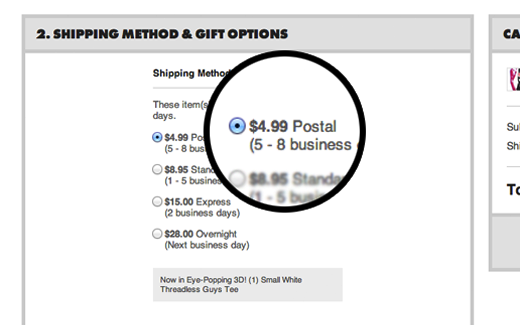
Comments (24)